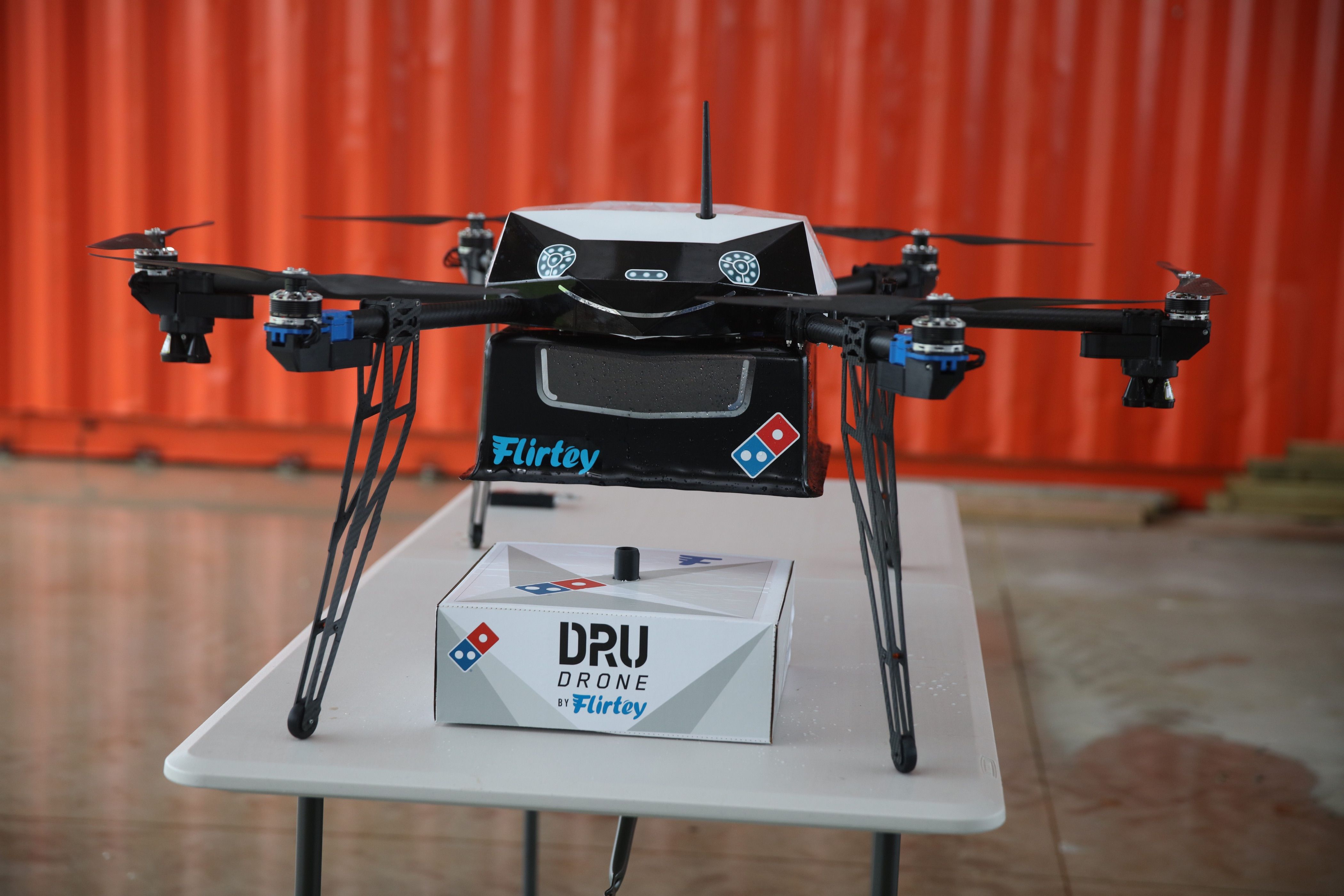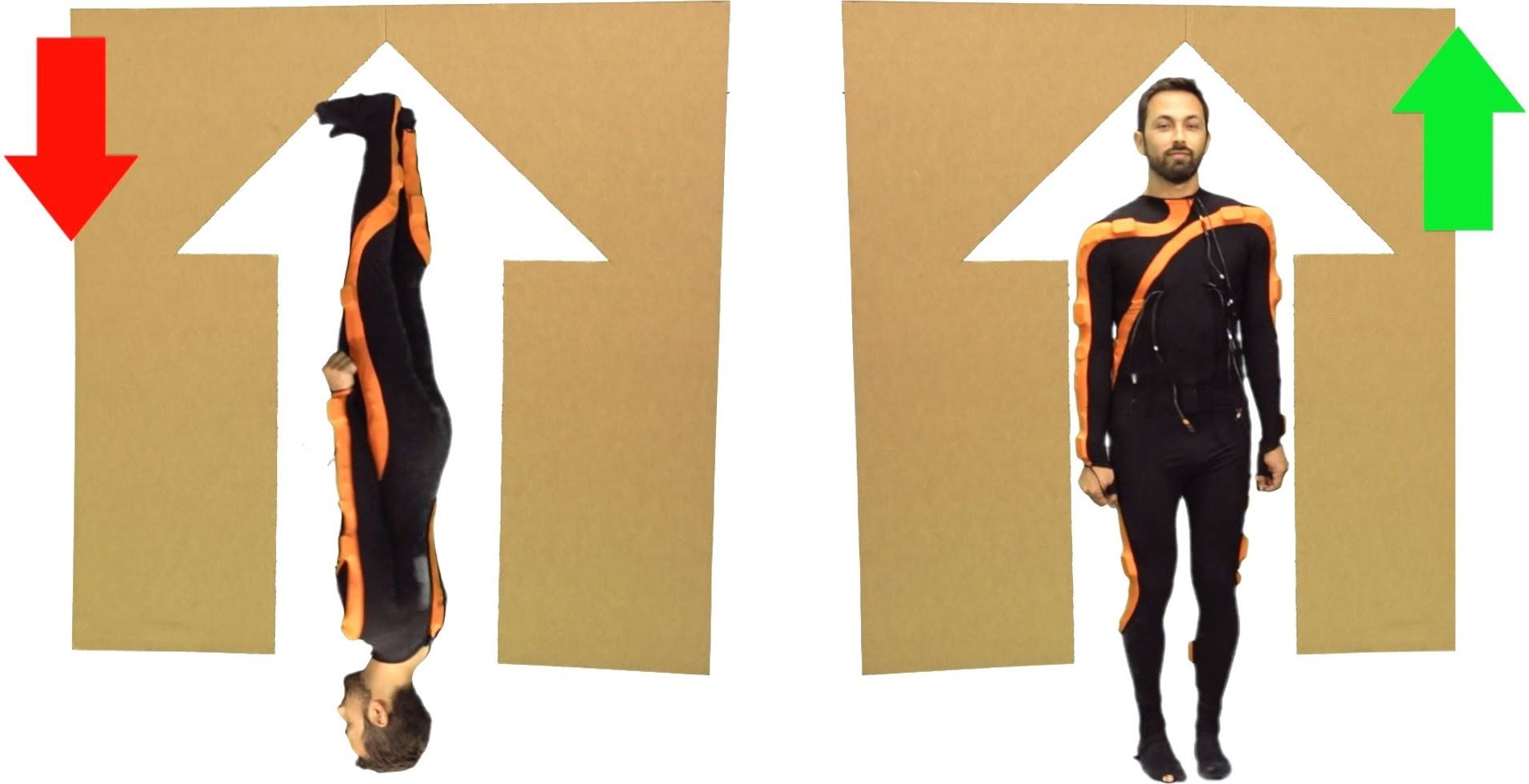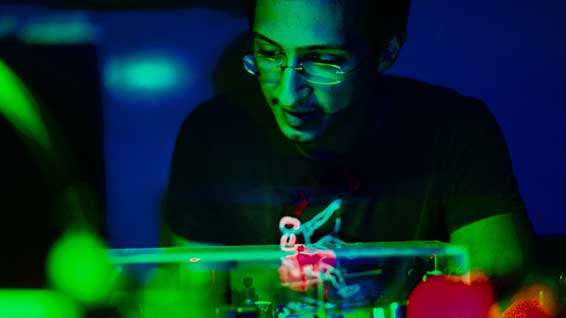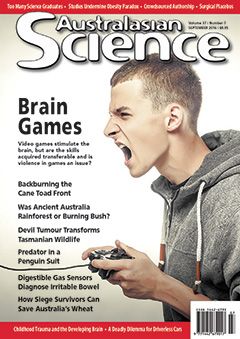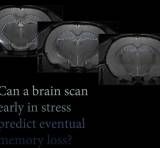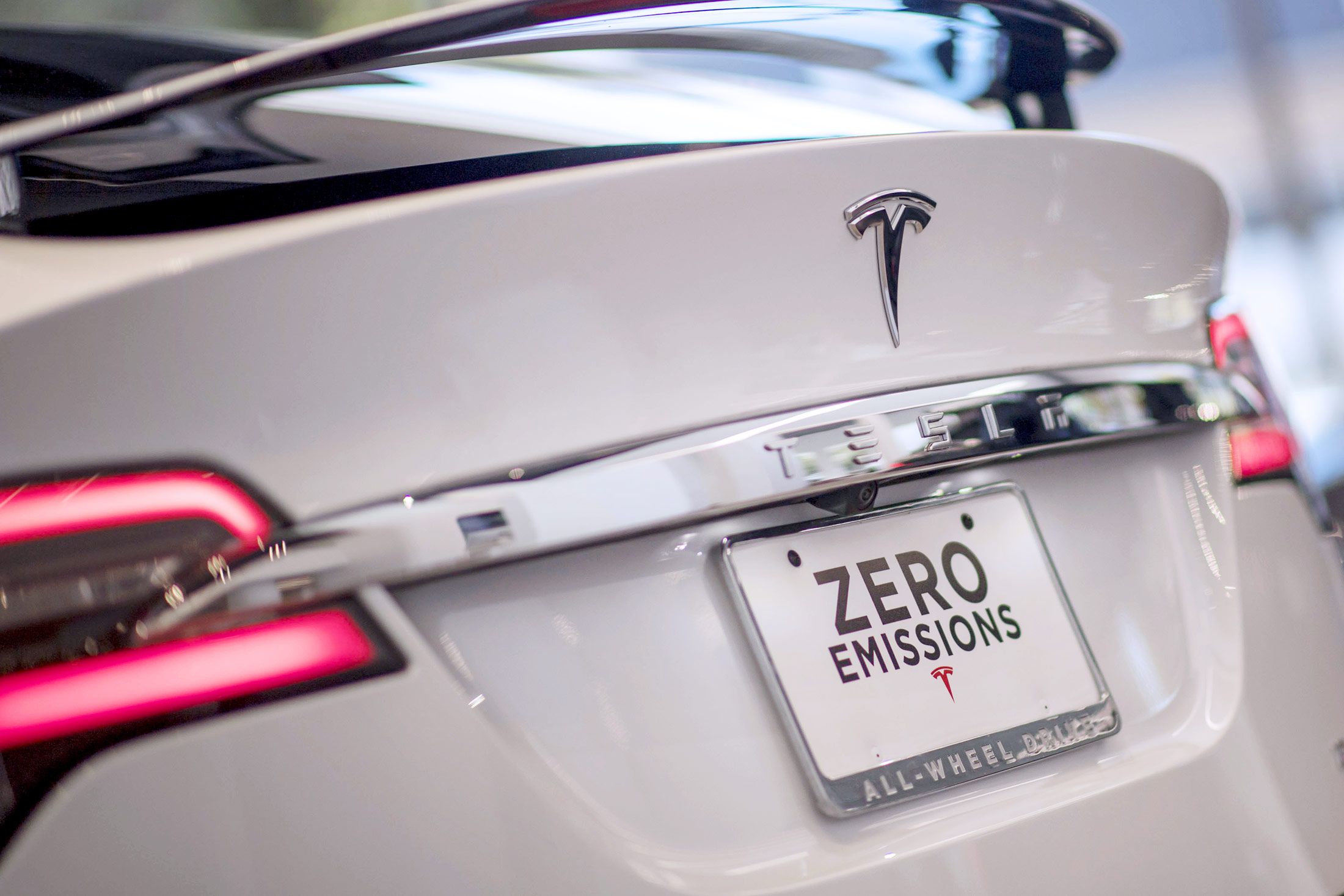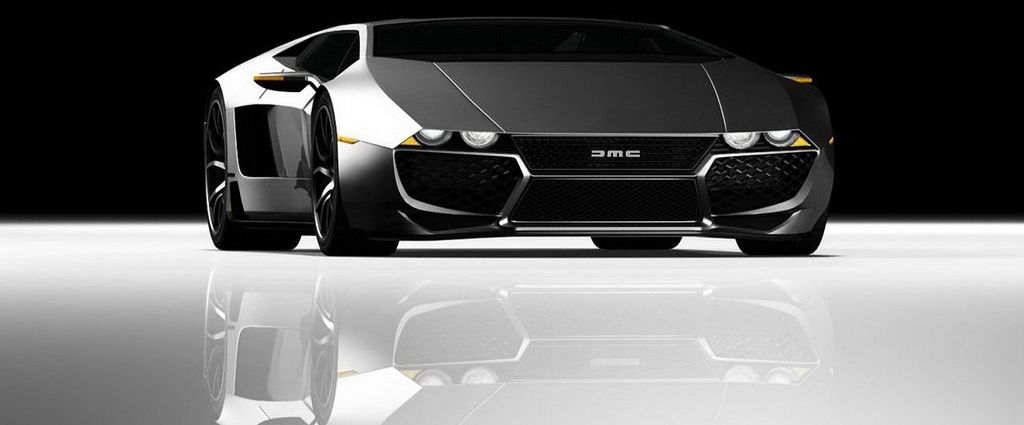
Original Greek statues were brightly painted, but after thousands of years, those paints have worn away. Find out how shining a light on the statues can be all that’s required to see them as they were thousands of years ago.
Although it seems impossible to think that anything could be left to discover after thousands of years of wind, sun, sand, and art students, finding the long lost patterns on a piece of ancient Greek sculpture can be as easy as shining a lamp on it. A technique called ‘raking light’ has been used to analyze art for a long time. A lamp is positioned carefully enough that the path of the light is almost parallel to the surface of the object. When used on paintings, this makes brushstrokes, grit, and dust obvious. On statues, the effect is more subtle. Brush-strokes are impossible to see, but because different paints wear off at different rates, the stone is raised in some places – protected from erosion by its cap of paint – and lowered in others. Elaborate patterns become visible.
Ultraviolet is also used to discern patterns. UV light makes many organic compounds fluoresce. Art dealers use UV lights to check if art has been touched up, since older paints have a lot of organic compounds and modern paints have relatively little. On ancient Greek statues, tiny fragments of pigment still left on the surface glow bright, illuminating more detailed patterns.
Continue reading “Ultraviolet light reveals how ancient Greek statues really looked” »
